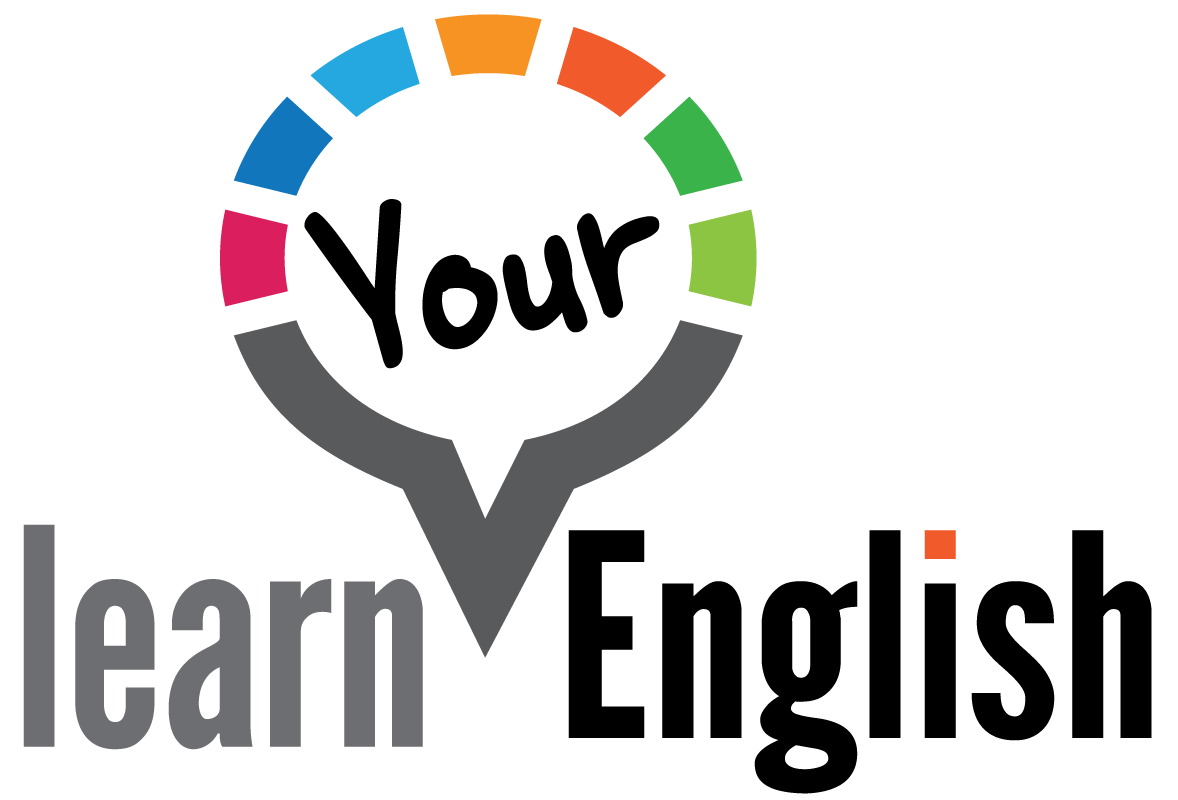Your Transferable Process to Eliminating Lesson Planning
How to exploit a text to reduce planning and build student autonomy
Read time: 6 minutes
Here’s our TTT for this week on how to grow your online teaching business.
What is TTT? A Tip, Takeaway, and Task. On Thursday.
Today’s read will take you about 6 minutes.
Enjoy!
Tip: You need to utilize genre analysis
Eliminating lesson planning is a buzz word and seems daunting.
But today, we’re going beyond the buzz word.
How can you actually eliminate lesson planning?
With systems.
Understanding our students is an integral part of this, but it goes beyond that. It comes down to understanding how language works and within that your new best friend: genre analysis.
And this begins and ends with texts.
When we as teachers know what to look for and how to find it, that flips the switch. And when we add on that all production comes from receptive work, this is truly when you’ll never plan another lesson.
Today, let’s embrace genre analysis.
Takeaway: Use this sequence with any text and any student
Here is a transferable sequence you can use with any listening or reading text. Remember as well that receptive tasks lead to productive tasks, so exploit the text to its fullest. We see so many materials ask teachers to move on so quickly to another activity before milking a text for everything it’s got.
We like to joke: it took us so long to get students to process the text, why are we moving on now?
This sequence works with anything, but here are two of our favourite videos to use with this:
*extra takeaway: short and sweet. You’ll notice both of these videos are under 5 minutes. Short videos make it easier to exploit them.
Here’s a simple sequence to use:
Step 1. Have them write prediction questions based on the title
Step 2. Listen once for the answers to their own questions
Step 3. Listen again and tell me the speaker's main argument (overall)
Step 4. Listen again and tell me how many supporting arguments they have (a number)
Step 5. Listen again and tell me what they are (in your own words)
Step 6. Listen to each argument and tell me what comes after it (example, explanation, evidence are the options - this is how strong arguments are made - but does each one have only some or all of those?)
Step 7. Listen again for language that introduces each of those components (language or examples, etc.)
Step 8. Use your notes to write out the speaker’s arguments in your own words
Step 9. Use that structure to comprise your own argument (use your knowledge of the student’s needs for this one).
*this sequence is not for one class. This will likely span 4-5 classes, if not more.
The model informs the task. This not only builds autonomy (once learned, students can do this on their own), but this applies to any aspect of life. The opinion-example-explanation-evidence combination is basic argumentation and persuasion, which we see everywhere.
Creating an argumentative essay for school? Use this.
Making a business pitch at work? Use this.
Convincing your spouse to watch Rambo instead of The Notebook? Try this :).
Task: Text Selection
Choose a video you already use with your students. Analyze it for these patterns. And in your next class, use this sequence - and watch what happens.
What you’ve just done is genre analysis. If you hone your genre analysis muscle, you’ll never prepare another lesson in your life.
Know why? Because patterns are everywhere.
Bonus task: look at these screenshots from Atomic Habits by James Clear. Do you notice the same structure?
Now, look closer:
Opinion - proximity has a powerful effect on our behaviour
Example - social environment
Explanation - paragraphs 2, 3, 4
Evidence - two studies (top of page 117)
These patterns are everywhere. They’re not contrived or unnatural; this is how the language works.
Teaching beginners? Within reason, augment the task, not the text. If they are real beginners, models are important (just as models are important regardless of level). With beginners, you become the model.
Sample beginner task:
Task: tell me about your best friend (1:1) or tell your partner about your best friend (groups).
Now, listen to me do the same thing (teacher). What did you notice about how I did it?
Task repetition: tell me again about your best friend and use some of my strategies.
If you master genre analysis and this process, you'll stop planning and start earning more:
1. Move from receptive tasks to productive ones.
2. Exploit one text for multiple lessons
3. Turn this process into a course and sell it a million times (this is what is meant by building student autonomy and what students pay for - students don’t want a teacher forever).
We hope this helps.
See you again next week.
Leo, Andrew, and Mike
When you’re ready, here are 3 ways we can help you:
1. Our free Business Foundations Training for Teachers (226 teachers)
2. TBLT Made Easy - use tasks in your class right away (91 teachers)
3. A free consultation with us to talk about taking your business and teaching to the next level (first come first served)




